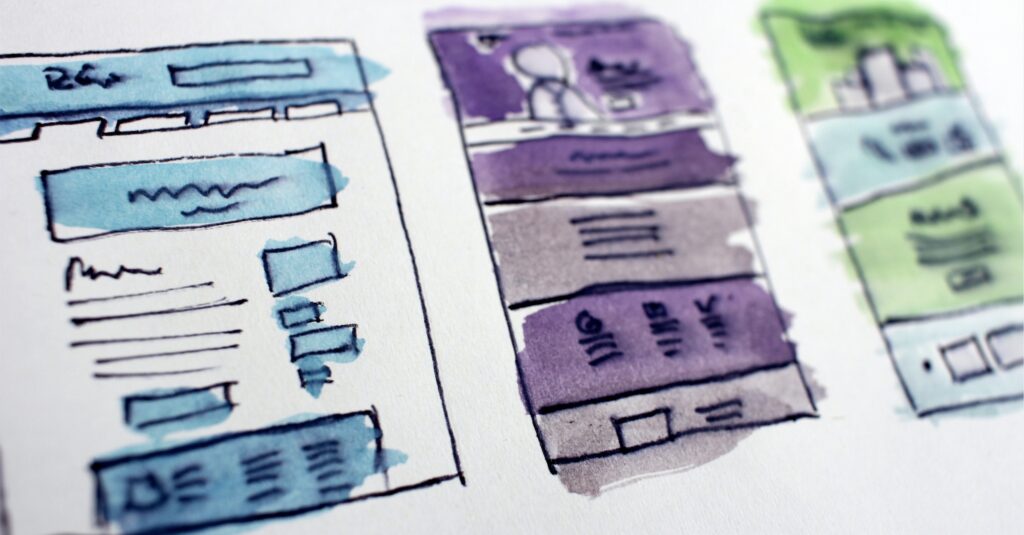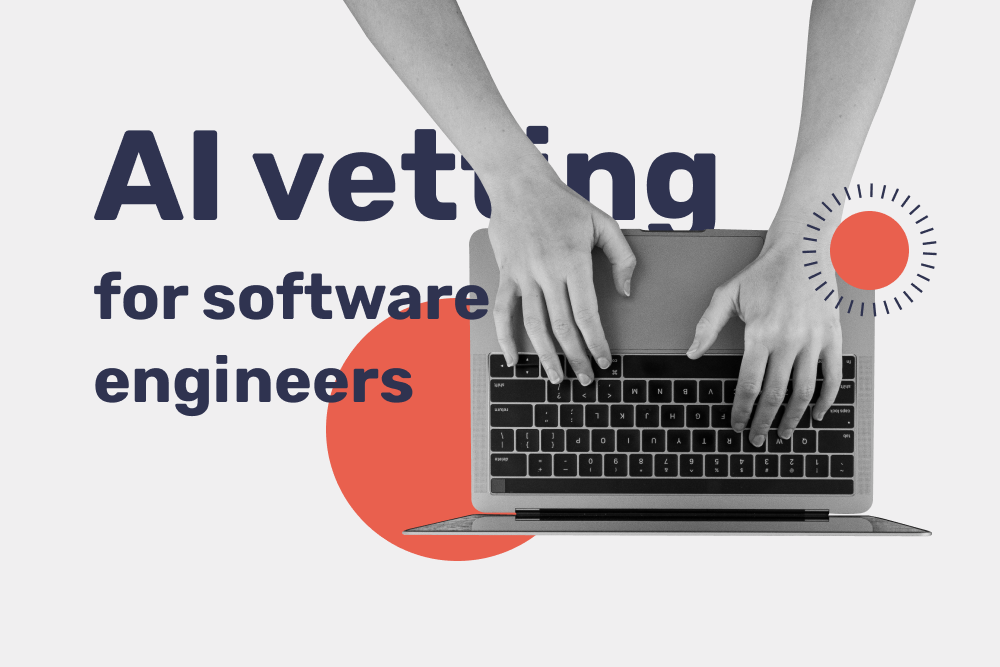For the past six months we have been working on our own product that standardizes and simplifies the process of hiring and managing distributed teams. We worked with recruiters, office space providers, accountants, lawyers to build a platform that can handle every stage of the process. We have arrived at our first iteration and we couldn’t be more excited to release it into the world.
Why we built a product
Ten years prior to starting Bridge we launched our own software development company and grew it to 70 engineers. We have gone through the good, bad and everything in between to create a sustainable culture in a company servicing enterprise clients around the world. We started noticing that in recent years more and more clients opted in to have their own distributed teams rather than work with a third party agency. Clients wanted control and transparency in managing their own teams. They also liked working with Ukrainian engineers. There was one problem – US companies generally don’t have experience hiring and managing their own teams abroad, let alone doing it in compliance with local regulations. We saw the opportunity to do it right and set out on an ambitious journey to create the first operating system for global hiring.
Our vision was to create an easy solution for companies to hire and onboard teams anywhere in the world. There were two main parts to this objective: standardizing the processes across all jurisdictions and creating a product that makes the whole experience seamless and efficient. Wrapping conventional services into SaaS products has become a norm in recent years. With companies like Pilot and Bench (for bookkeeping) or Gust and Clerky (for legal documents) paving the way for digital interfaces for well familiar services, Bridge could not stand on the sidelines. We explored the end-to-end process of hiring and running a remote team and realized that a large portion of the work can be standardized and productized. Moreover, since we are talking about replicating such a process in many countries with different regulations and ways of doing business, the value of a unified digital interface became undeniable. We wanted our clients to have the same clean and familiar experience no matter where they chose to hire their teams.
Research, learn, sleep, repeat
We have built a remote co-located team of 70 for our previous company in Ukraine, so we knew a lot about the intricacies of the process. However, we learned that our experience was somewhat different from what other companies in Ukraine were doing. Some hired their engineers as contractors, others – as full time employees. In some cases the main office was registered in a completely different country. The combination of legal structures was endless. This sent us down the rabbit hole of regulatory research and best practices around remote team hiring. We wanted to find the best process that we could also explain to our clients in the United States and Europe. After numerous conversations with lawyers, accountants, recruiting and workspace leasing partners, we arrived at a common denominator, that we could finally build a product around.
Just when we were ready to launch, we talked to a potential client and learned that, while our offering really resonated with them, they would prefer to have a team in the same time zone. This means Canada or Latin America (LATAM). Expanding into LATAM markets was always a part of our first year roadmap, we just had to expedite the launch in these countries now. We took a peek at the labor regulations and recruiting business in Mexico and Argentina and were astonished at how different these countries were compared to Ukraine. And so the market research started all over. We talked to a large number of vendors, offering a varying array of options. Almost two months later we arrived at a LATAM offering that is consistent with Bridge values, compliant with local regulations and, most importantly, brings value to our clients.
Get to work
With the hardest piece of the puzzle figured out we knew it was time to build. We assembled a team of talented engineers, product managers and designers with a track record of building complex enterprise level solutions. The objective for the project was quite non-trivial – not only build an elegant solution that allows our clients to solve a complex task with a click of a button, but ensure significant process efficiency gains for our team and partners. Higher efficiency means cost savings that we pass onto our clients. This is a classic win-win-win!
Our team spent a lot of time exploring best practices across different service lines (recruiting, workspace management, equipment management, accounting). As a result we built a platform that seamlessly ties all of the services in one cohesive interface. Truth be told, each module could be a distinct product, but we like them more when they are neatly tied together.
Now what?
An increasing number of companies are embracing the prospects of remote work in the recent months. When the time comes to pull the proverbial trigger on remote hiring outside of their homebase, they will inevitably face the challenges inherent to doing business in foreign countries. To those companies Bridge represents the gateway into global hiring, a product that makes something so complex seem so simple. The new wave of distributed work is sweeping across the globe and Bridge is here to enable our clients to ride it.



